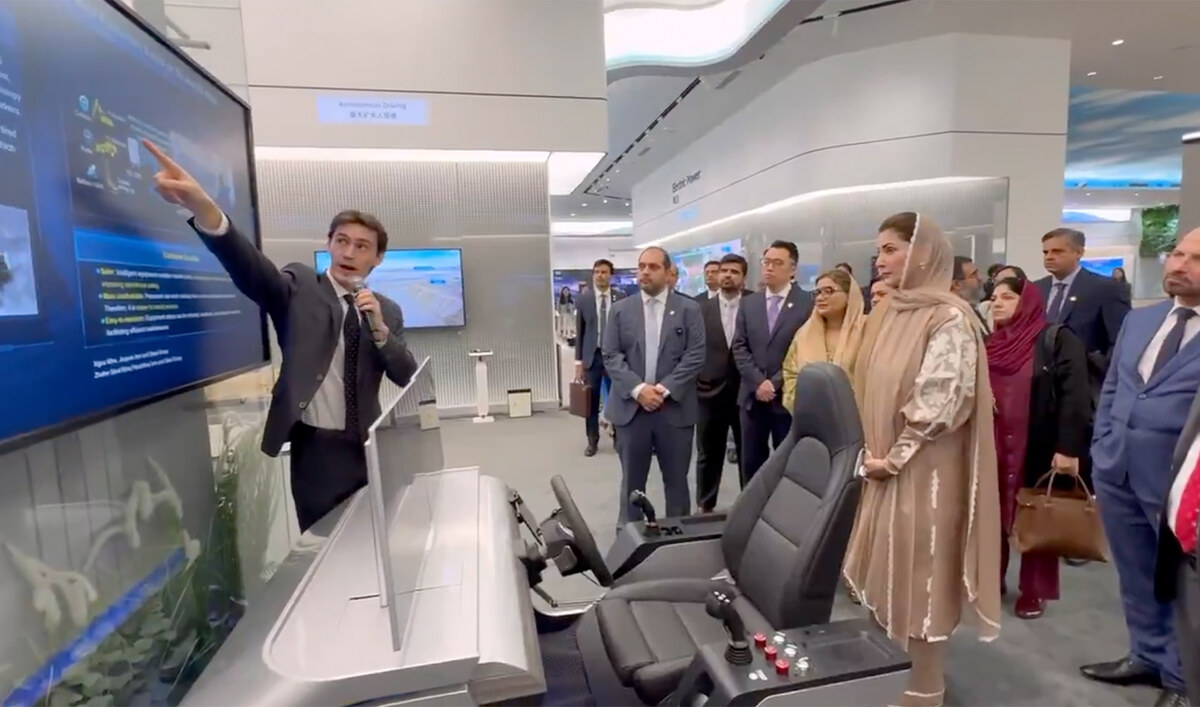ISLAMABAD: Punjab Chief Minister Maryam Nawaz Sharif has discussed various proposals with officials at Chinese information technology giant Huawei to turn the provincial capital into Pakistan’s first smart city, Radio Pakistan reported on Friday.
Sharif is on a week-long visit to China from Dec. 8-15 and on Thursday visited Huawei Technologies in the Longgang district of Shanghai. Longtime ally China has invested heavily in Pakistan through the $65 billion China-Pakistan Economic Corridor (CPEC) that encompasses infrastructure, energy and other projects and is part of Chinese President Xi Jinping’s Belt and Road Initiative.
“During the visit, it was decided, in collaboration with Huawei, to transform Lahore into Pakistan’s first state-of-the-art smart city,” Radio Pakistan reported on Sharif’s visit to the headquarters of the Chinese company.
“Chief Minister discussed various proposals and recommendations with Huawei’s President of Government Affairs Mr. Wang Chengdong, or turning Lahore into a modern digital city, including e-commerce, ecosystem production, and the digitization of the health and education sectors.”

Punjab Chief Minister Maryam Nawaz Sharif (right) attends a briefing at Huawei Technologies in the Longgang district of Shanghai, China, on December 13, 2024. (PML-N)
According to the report, Huawei officials also assured full cooperation in setting up an assembly and manufacturing plant in Punjab.
A smart city is an urban area where technology and data collection help improve quality of life as well as the sustainability and efficiency of city operations. Smart city technologies used by local governments include information and communication technologies (ICT) and the Internet of Things (IoT).
Areas of city operations where ICT, IoT and other smart technologies increasingly play an important role include transportation, energy and infrastructure.
Technologies to collect data, including real-time data, are central to smart city initiatives and the benefits they promise. Data-driven insights help local governments improve urban planning and the deployment of city services, ranging from waste management to public transportation, leading to better quality of life for residents.
More efficient city services can also help cut carbon emissions, contributing to global efforts to address climate change while also improving local air quality. In addition, smart city solutions can be an engine for economic growth, as better infrastructure and technological innovation can encourage job creation and business opportunities.

















